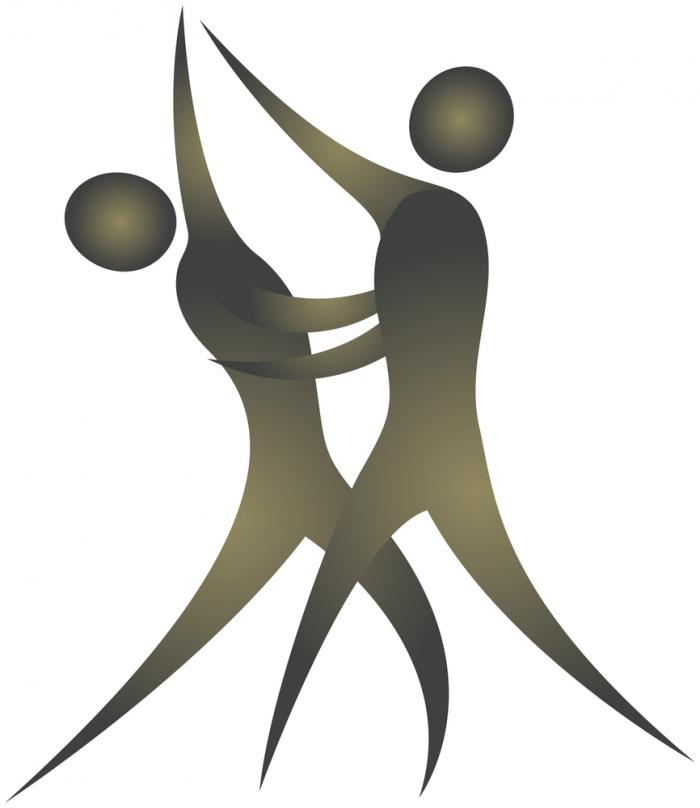- Home
- Play & Learn Home
- Online Enrichment
- Experience Modern Israel
- Israel It's Complicated
- Jewish and Me
- Jewish Holidays Jewish Values
- Jewish Values in Genesis and Jewish Values in Exodus
- Min Ha’aretz
- Our Place in the Universe
- Simply Seder
- The Prophets: Speaking Out for Justice
- Making T'filah Meaningful
- Make, Create, Celebrate
- Yom Haatzmaut Resources
- Hebrew Apps
- About The OLC
- What is the OLC?
- Introduction
- Get Started
- Resources
- OLC Content
- Parent Materials
- See My OLC Classes
- Store
Dancing with the Jews
"Through dancing and the movements you make with your body, you awaken joy within yourself."
Rabbi Nahman of Bratzlav
During July and August 2006, Hezbollah, an Islamic terrorist organization in Lebanon, attacked northern Israel with 4,000 rockets. Approximately 200 of those rockets struck Karmiel, a small city near Haifa known as the gateway to the Galilee.
Frightened residents fled their homes for safety in bomb shelters. Normal life stopped. The emergency forced city officials to cancel the annual Karmiel Dance Festival, a three-day celebration that draws thousands of amateur and professional dancers from Israel and around the world. When the war ended in August, the dance festival was rescheduled for October 10-12, the intermediate days of Sukkot-the holiday our sages called zeman simchateinu, or time of our rejoicing. And when 250,000 dancers and spectators finally arrived, you could reach out and touch their joy.
"How can we not dance?" asks folk dance enthusiast Rachel Reinshtein. "This festival is the most joyous ever! We made it through-we're here, we're alive. We're dancing!"
The moment they enter Karmiel, festival-goers echo Rachel's exuberance. Music blares at each of the outdoor venues, where people of all ages and backgrounds dance throughout the night on makeshift dance floors set up under trees, on tennis courts, or beneath billowing canopies. Casting inhibitions aside, dance fans whirl, swirl, dip, and sometimes trip in their four-inch highheels, cowboy boots, Crocs, or Nikes. "Dancing is something you do with your whole self, your whole spirit," says Maya Naor, 24, a member of Herzlia's dance troupe, Seven Stars. "You become joy."
Despite the cozy camaraderie that saturates the festival, a spirited competition seeps into the second day. Celebrity judges and thousands of spectators watch a folk dance contest that is divided into two categories: individual performance and group choreography. When the competition ends, the verdicts come immediately: Oren Ashkenazi, a folk dance instructor from Haifa, captures the 2006 individual title for his dance, "Hora Shovava." Barry Avidan, who choreographs the official dance troupes of Haifa, Afula, Hadera, Ashkelon, and other cities, places first in the group category.
Within minutes, the festival grounds buzz with the results, and everyone grabs a friend or partner or joins a circle to learn "Hora Shovava." "One person dancing inspires everyone else," marvels Dassie Shahar, a professional dancer. "Dancing is the truest expression of joy, and joy is contagious."
As the final day of the festival arrives, participants squeeze out every possible ounce of enjoyment from dance workshops and performances. For example, some people throw themselves into learning the newest line dances. Meanwhile, others fervently tap their feet in time to music, while their eyes devour disco, salsa, and jazz performances. "We put on our shows," Maya exclaims, "but we love to watch others and learn new movements."
In three unforgettable days, the Karmiel Dance Festival not only eased last summer's painful memories, but also reminded participants that enduring happiness resides in establishing and maintaining deep emotional connections with friends and family. Terrorist bombs destroyed property, but couldn't damage the spirit of Jewish community. "We're especially happy to be here, to forget the war, and to dance with our friends," says Maya."The festival brought us together again. It lets us be happy together."
Jewishful Thinking
Jewish tradition proves that you don’t need lessons to learn to dance. The Tanakh describes Miriam instinctively leading all the women in a joyous dance after God delivered them from Egypt (Shemot 15:20). And, as he returned the Ark of the Covenant to Jerusalem, King David danced spontaneously before throngs of people (II Samuel 6:14).
Because dance has been part of Jewish tradition for generations, it’s not surprising that many folk dance steps exist. Perhaps most popular, the simple hora is danced at b’nai mitzvah, weddings, and other joyous occasions. The lesser-known freylekhs are the major group dances of Eastern European Jews, and consist of people dancing together in a line or circle. Finally, the sher, or scissors dance, is made up of four couples, and is similar to a
square dance.
0
Hinei Dance Video About Karmiel Information about the war with Lebanon Learn how to dance the hora Yaffa Eliach's book, Hasidic Tales of the Holocaust, offers inspirational stories on courage in the face of tragedy. Several stories even talk about dancing as a response to extreme situations.


